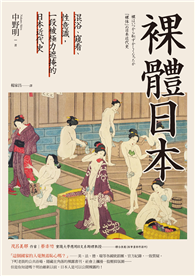In February of 1971, in the Laotian village of Nam Chia, a forty-one year old farmer named Shong Lue Yang was assassinated by government soldiers. Shong Lue claimed to have been descended of God and given the mission of delivering the first true Hmong alphabet. Many believed him to be the Hmong people’s long-awaited messiah, and his thousands of followers knew him as "Mother (Source) of Writing."
An anthropological linguist who has worked among the Hmong, William A. Smalley joins Shong Lue’s chief disciple, Chia Koua Vang, and one of his associates, to tell the fascinating story of how the previously unschooled farmer developed his remarkable writing system through four stages of increasing sophistication. The uniqueness of Shong Lue’s achievement is highlighted by a comparison of Shong Lue’s writing system to other known Hmong systems and to the history of writing as a whole. In addition to a nontechnical linguistic analysis of the script and a survey of its current use, Mother of Writing provides an intriguing cultural account of Shong Lue’s life. The book traces the twenty-year-long struggle to disseminate the script after Shong Lue’s death, first by handwriting, then by primitive moveable type, an abortive attempt to design a wooden typewriter, and finally by modern wordprocessing. In a moving concluding chapter, Smalley discusses his own complex feelings about his coauthors’ story.| FindBook |
有 1 項符合
Mother of Writing: The Origin and Development of a Hmong Messianic Script的圖書 |
 |
Mother of Writing: The Origin and Development of a Hmong Messianic Script 作者:Smalley 出版社:University of Chicago Press 出版日期:1990-06-15 語言:英文 規格:平裝 / 229頁 / 22.9 x 15.2 x 1.5 cm / 普通級 |
| 圖書館借閱 |
| 國家圖書館 | 全國圖書書目資訊網 | 國立公共資訊圖書館 | 電子書服務平台 | MetaCat 跨館整合查詢 |
| 臺北市立圖書館 | 新北市立圖書館 | 基隆市公共圖書館 | 桃園市立圖書館 | 新竹縣公共圖書館 |
| 苗栗縣立圖書館 | 臺中市立圖書館 | 彰化縣公共圖書館 | 南投縣文化局 | 雲林縣公共圖書館 |
| 嘉義縣圖書館 | 臺南市立圖書館 | 高雄市立圖書館 | 屏東縣公共圖書館 | 宜蘭縣公共圖書館 |
| 花蓮縣文化局 | 臺東縣文化處 |
|
|
圖書介紹 - 資料來源:博客來 評分:
圖書名稱:Mother of Writing: The Origin and Development of a Hmong Messianic Script
|











